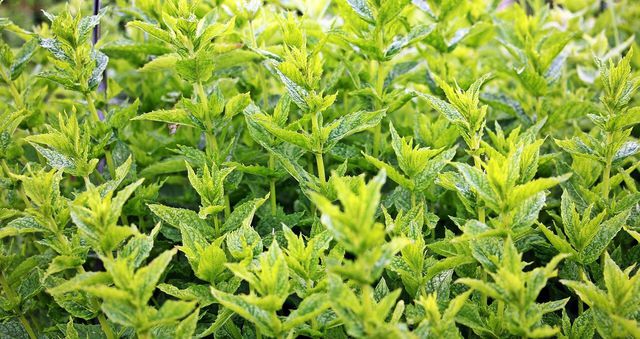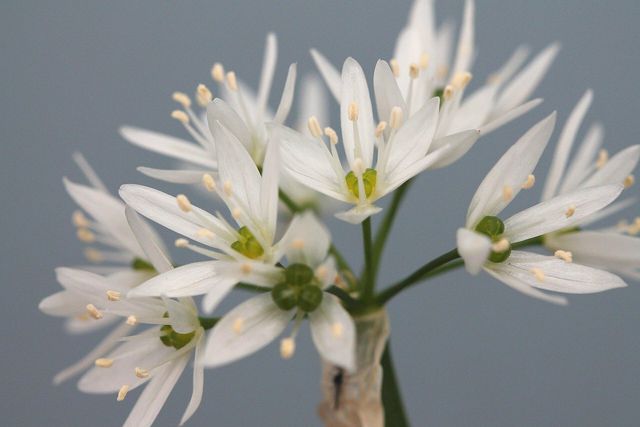A good kiss can be important if you want to impress your counterpart. But how do you kiss properly? You can find out whether you can improve your kissing technique with the following tips on how to kiss properly. So nothing stands in the way of your next kissing experience.
The best tips for kissing properly
A good kisser is seldom born. Again, practice can make perfect. Also, everyone kisses differently. In order for the kiss to be good, you have to adapt to your counterpart. But with a few tricks, you can kiss even better than before. Therefore, take the following tips to heart to learn how to kiss properly:

1) Interpret body language correctly
First of all, you should correctly interpret the body language of your counterpart. Is he or she ready for a kiss? Or does the body language indicate defensiveness and discomfort? This is important to know if you want to take the first step. In a partnership, too, it is an advantage for a long relationship to know when your partner would like a kiss or can really use it. If the other person is facing you and looking for physical contact, that’s a good sign.
2) Approach slowly and kiss well
If you now notice that your counterpart is open to a kiss, you can slowly approach it. Of course, things can get stormy in some situations, but you’re on the safe side if things go slowly. It can also increase your desire and lust. Also, read exciting facts about sex from research.
3) Control breathing and kiss properly
When you’re learning how to kiss properly, you should think about your breathing. It is best if you breathe gently and controlled. Because nobody likes it when their breath is blown wildly down their throats. However, you can also use your breath specifically to signal your desire. Then it is very important that you have fresh breath. Home remedies for bad breath can help you not to scare off your counterpart.
4) Not too much saliva!
According to surveys, women do not like it at all when too much saliva is used when kissing. Overall, 67% of women reject a kiss that is too wet. Accordingly, very wet kisses are a no-go. Although men get along better with a wet kiss, you shouldn’t forget to swallow when kissing.
5) A good kiss without tongue acrobatics
Another common mistake is using the tongue correctly. If you dig too much with your tongue or let it go too far into the other person’s mouth, it can be very uncomfortable. Therefore, be careful not to do any tongue acrobatics. Instead, explore slowly with your tongue what your counterpart likes. In addition, note valuable tips for the first date and be ready to kiss properly.
6) Short breaks are allowed
A long kiss can strengthen the relationship, but short breaks are also allowed. You can use these breaks to seductively look your partner in the eye. This can also increase your self-confidence and you can go further with kissing properly. So give your lips a break in between.
7) Close your eyes and learn to kiss properly
As a rule, the eyes are closed when kissing. Because nobody likes to be stared at. But that doesn’t mean you have to keep your eyes closed all the time. On the contrary, the exchange of looks can create trust and increase desire. So you should try to find a balance.
8) Better kissing through a variety
If you’re going to be making out for a long time, then some variety can be beneficial. So you can alternate between french kissing and normal kissing. Other body regions can also be touched and explored with the mouth. Or bite gently on the other person’s lip.

9) Pay attention to sufficient oral hygiene
Another no-go when kissing is a lack of oral hygiene. You should avoid bad breath and have taken care of adequate dental care beforehand. Because then nothing stands in the way of the kissing experience and both have fun.
10) Proper kissing without force
An important point is that both kissing partners have fun and nobody feels forced to do so. Consequently, it is very important to keep an eye on the body language of your counterpart. If you sense that the other person is uncomfortable, ask. And if you don’t want to anymore yourself, tell the other person. This is the only way to make the kissing experience something beautiful. In addition, consider romantic gift ideas for your loved ones.




